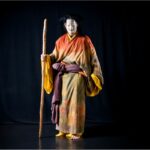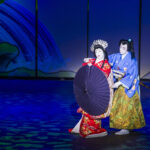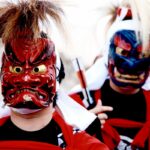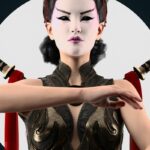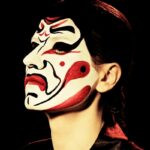If you are interested in the theater then you will likely know about kabuki and the over the top performances that they do. Unlike kabuki, western theater tends to be more realistic and focuses more on story rather than presentation.
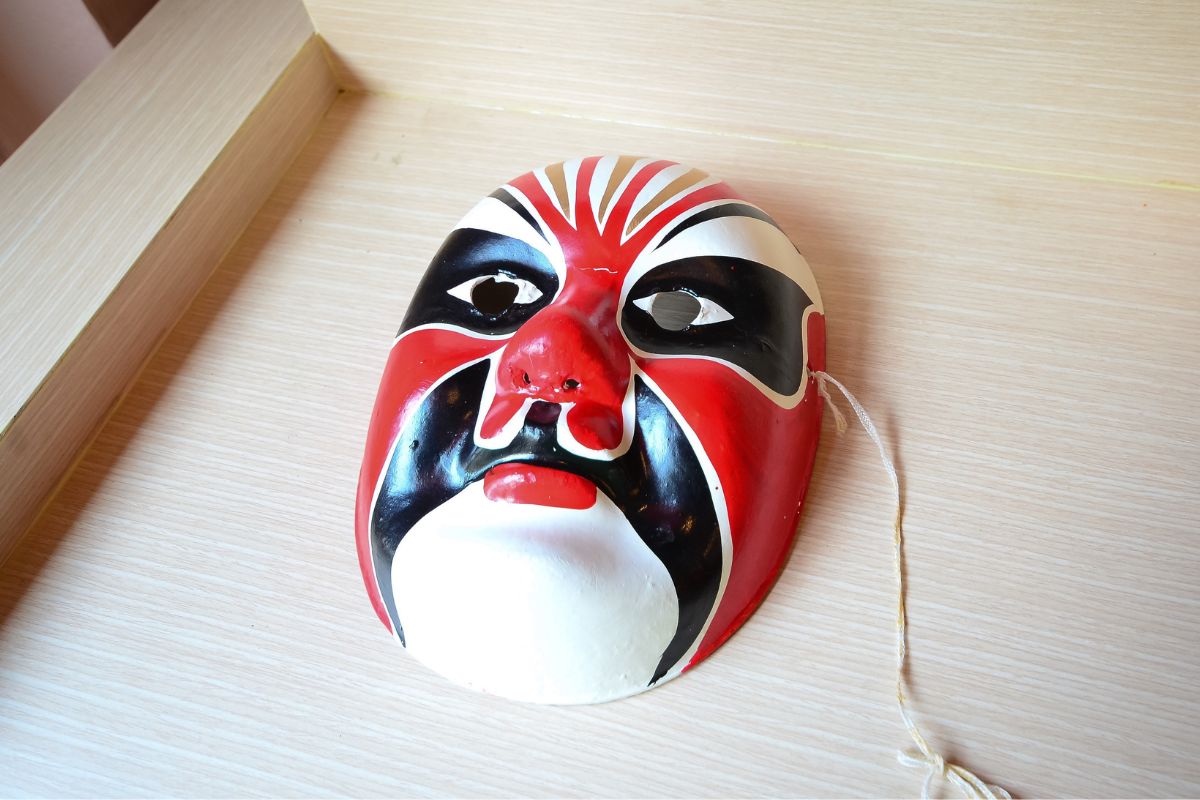
What Is Kabuki?
The word Kabuki quite literally means ‘The Art of Song & Dance’. But kabuki can be so much more than just singing and dancing. While they are core elements, song and dance are just a part of the whole package.
The outlandish visual spectacle of kabuki will usually focus on the dramatic flair and appearance of the characters as opposed to the story being the key focus.
Every part of a kabuki performance is designed to be over the top and grandiose. Every detail down to the costumes, lights, props, set and acting are all extreme and over the tip. This is one of the reasons that kabuki is such a unique theatrical art form.
But there is a lot that makes kabuki unique and interesting which is why we have divided up the key points that make kabuki such a unique Japanese art form.
Let’s Talk About The Stage
The stages that are used in kabuki are unique in the way that they have been designed in a very specific way. The shape and features have been designed to make it easy for the actors to perform very dramatic scenes without any issue at all.
But the one part of the stage that stands out is the runway or hanamichi. This is a long section of the stage which goes through the audience. It is most often used for dramatic scenes or for actors to make a big entrance or exit.
Let’s Talk About The Roles
Roles in kabuki are played exclusively by men (read more about this here). These characters can vary greatly from geisha to servant, to samurai to nobility, and people from nearly every walk of life.
The main types of roles in kabuki are as follows:
- Tachiyaku – The male lead.
- Katakiyaku – The enemy.
- Oyajigata – The older man.
- Wakashugata – The young man
- Dokegata – The comic.
- Musumeyaku – The young woman
- Nyoboyaku – The wife.
- Keisei – The courtesan.
- Akuba – The evil woman.
- Fukeoyama – The older woman.
- Onnabudo – The female warrior.
- Kayaku – The additional role.
- Koyaku – The child.
- Non-human roles.
You will see a wide variety of roles being played within these archetypes. For example, you might have a character that is acting as a bully or thug which is a young man.
So, as you can see, despite the types of characters you can end up with a variety of characters that are unique and still fit the general theme that makes kabuki such a unique theater art form.
Let’s Talk About The Props And Costumes
Kabuki actors will wear costumes that are extravagant and designed using specific styles, colors and fabrics in order to represent very particular characters.
Nothing about the costumes or props is designed to be historically accurate. Every element you see on stage is supposed to make the audience think, and feel something in particular. Which is why the costumes and props are so dramatic and over the top.
What Is Western Theater?
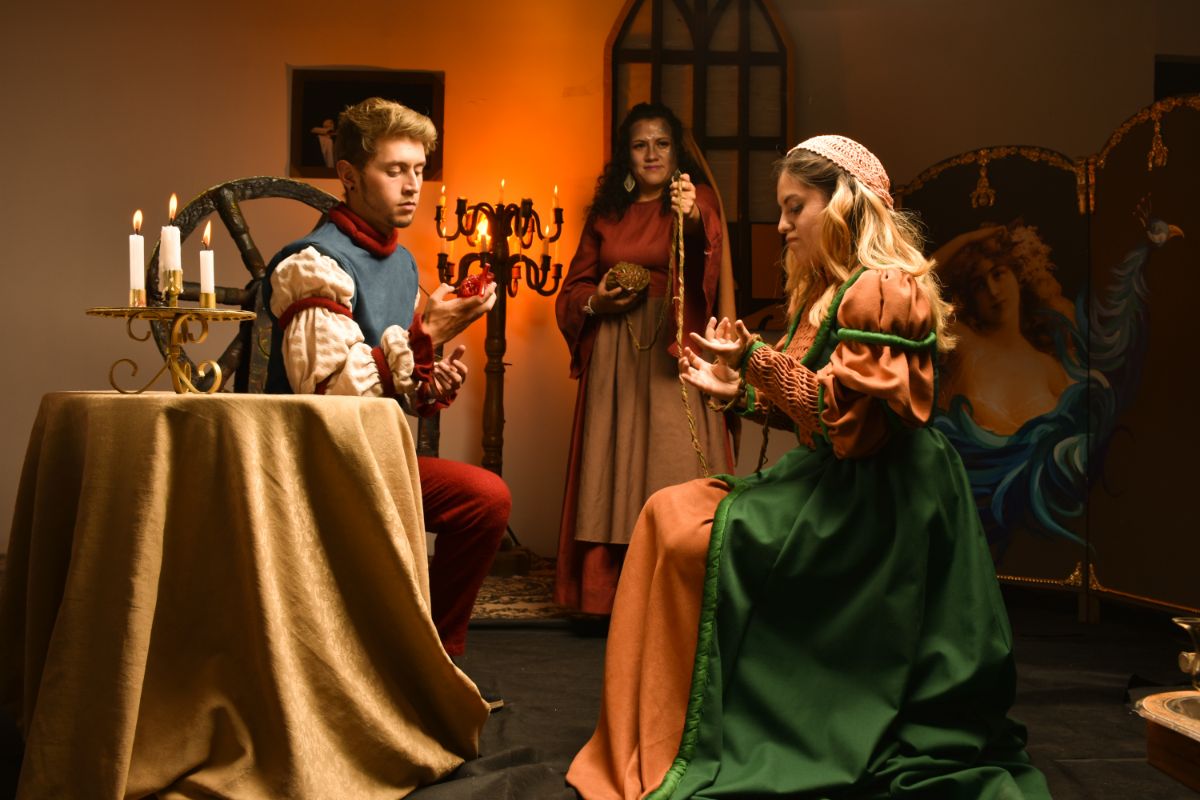
Western Theater is essentially a form of theatrical performance which is more focused on the story than the visual performance. Especially when compared to kabuki, and other Eastern forms of theater.
The objective of a western theater production is to tell a story, on stage using various elements to enhance the story and make it appear more realistic.
Let’s Talk About The Stage
In western theater there are several types of stages that you will see. The most common types of stage you will see in theaters are as follows:
- Proscenium Stages
- Thrust Stages
- Theaters In-The-Round
- Arena Theaters
- Black-Box Or Studio Theaters
- Platform Stages
- Hippodromes
- Open Air Theaters
These stages are all designed for different kinds of performance. The most common types of stage you will see for big performances will be the Proscenium Stage.
This stage is also known as an apron or forestage. These stages will have a place for the actors and also an orchestra pit where live music will be played during the performance.
Let’s Talk About The Roles
The roles in western theaters will greatly vary depending on the story that is told. What makes kabuki different to western theater is that western theaters often try to hide the fact that they are performing.
They are telling a story and try to stay immersed in it. While in kabuki the actors KNOW that they are performing and lean into it.
Let’s Talk About The Props And Costumes
In western theater the costumes and props are usually quite elaborate. They are designed to be seen from every corner of the room and tell the audience all they need to know about the character. The props are also often quite extravagant.
Major Key Differences Between Kabuki And Western Theaters
When it comes to the key differences between these two famous theatrical art forms. We can boil it down to just a few things.
The performance will be vastly different between these two kinds of theater. In kabuki the actors know that they are performing and lean into that ideal while in western theater the performance is hidden.
The actors will act like they are in their own world to try and make everything look real.
On top of that, kabuki is BIG in everything it does. The way that the actors perform, the costumes, props, stage and characters. Everything is over the top and performed. While in western theaters it is less in your face but still exaggerated.
Another big difference between western theater and kabuki is the makeup. For one, in kabuki the makeup is very dramatic and unrealistic.
It is supposed to make the audience understand something of the characters based on the design alone. In western theater makeup is used more sparingly but still when it is needed for the drama or to make a character look a certain way.
As you can see, there are a ton of differences between these two kinds of theaters. But, at the same time they are quite similar. Both are dramatic performances which have been designed for people to enjoy.
Whether that is telling a story, or watching beautiful dances. The point of theater as a whole is for people to enjoy the experience. Watch a story or gorgeous dances. While kabuki and western theater are different, at their core they are the same.
Final Thoughts
We hope that you have enjoyed reading this article and learning about the differences between Western Theater and Kabuki. These two theatrical art forms are beloved by many people, especially those that enjoy the theater.
While kabuki and western theater are quite different, they are the same in the way that both art forms are a way for the public to enjoy a story being told.
With all of that said, we hope that this article has been interesting for you. If you have enjoyed learning about Japanese culture, make sure to check out our website.
We have tons of articles all about Japan and many wonderful cultural things that make this country such a unique and beautiful place.
- 16 Best Websites To Watch Japanese Movies With English Subtitles - May 11, 2023
- Is ZIPAIR The Best Airline For Traveling To Japan? - May 11, 2023
- Ryu Murakami Vs Haruki Murakami – Which One Should You Read? - May 11, 2023

